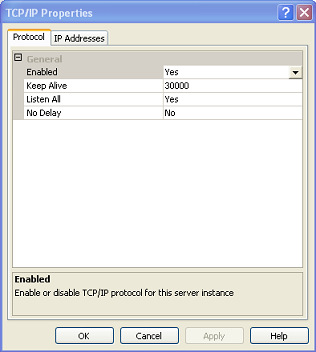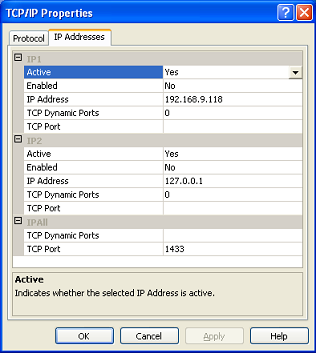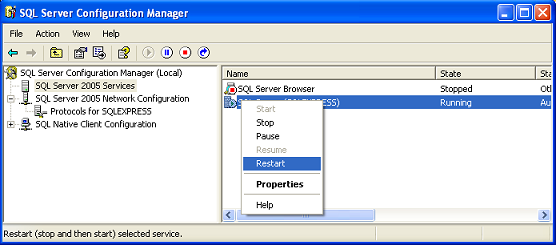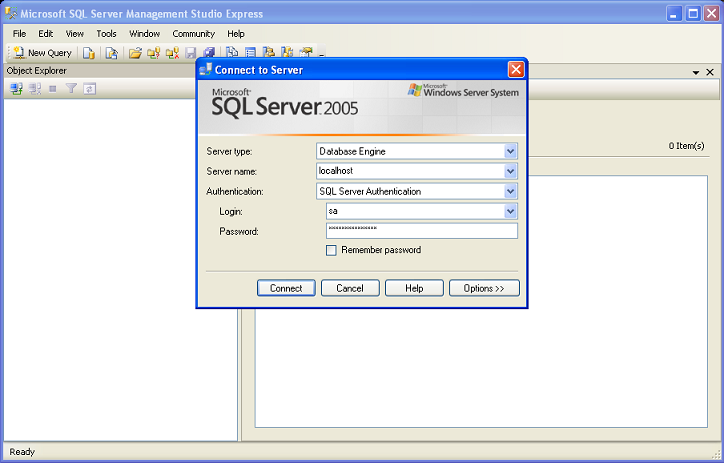Databases - Configuration
9 May 2008 @ 09:17AM
Updated: 25 Jan 2010 @ 09:19AM
As disussed previously, a database is how we're going to store persistent information. This is information that you want to stick around. In our case we're going to be storing guestbook comments so they can later be displayed. But before we get to that point, we need to create our database and table.
Way back in
tutorial 1 we went through the installation of SQL Server Express. Well, now's when we actually start using it. Let's begin by opening the SQL Server Configuration Manager. This is typically available under Start | Programs | Microsoft SQL Server 2005 | Configuration Tools | SQL Server Configuration Manager. This will allow us to set up our access and needs to be done first.

Open the Configuration Utility25 Jan 2010 @ 09:18AM
by Satis
Updated: 25 Jan 2010 @ 09:18AM
Inside the configuration manager, open the SQL Server 2005 Network Configuration tree on the left and click Protocols for SQLEXPRESS. On the right, doubleclick TCP/IP to open its configuration. Set it to Enabled on the Protocol tab. Then click on the IP Addresses tab and enter 1433 in the TCP Port tab under IPAll. Click ok and you'll get a message about needing to restart the service. Next, go to the SQL Server 2005 Services option on the left, right click on SQL Server (SQLEXPRESS) on the right and choose restart. Once it's restarted, you can close this application.

Configure the Protocol | 
Configure the Port |

Then Restart SQL Server |
Next open SQL Server Management Studio Express. This is the application we'll use to directly interface with the database. You'll immediately have a log on box appear. You may need to change the drop down from Windows Authentication to SQL Server Authentication. Fill in your computer's name like in the screenshot below. The login will be sa and the password will be whatever you configured when you installed the application. Hopefully you remember... if not, you can always reinstall SQL Server Express.

Logging Into SQL Server Management Studio Express
Next we'll set up our database and our first table.









